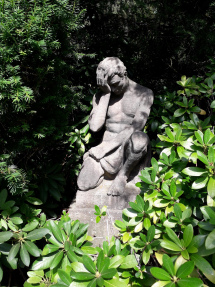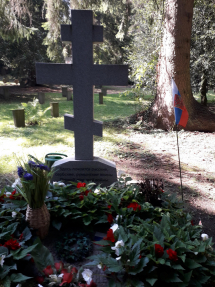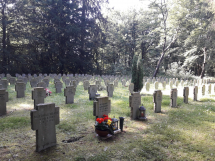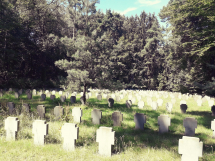On the return trip from an association excursion, we visited in July next to the historic cathedral, the Palatinate Chapel of Charlemagne, which was included in the UNESCO World Heritage List in 1978 as the first cultural site in Germany due to its special architecture and historical significance, as well as a war grave site in Aachen.
Established in 1914, 5,078 war dead from 16 nations rest here. In addition to the high cross on the central memorial, there is also the burial ground for the concentration camp victims, with its own plaque: “Wege gegen das Vergessen – Roads against Forgetting”.
The 6.20 m high high cross made of Belgian granite once stood in the German cemetery of honour in Qugre-Boncelles, Belgium, and was converted to the honorary cemetery in Aachen in 1957, after the German soldiers of the First World War buried there were buried in Lommel, the largest German war grave site in Belgium.
In 1961, two young people from Aachen were given their final resting place at the Ehrenfriedhof. Their fate also stands for the right not to be forgotten. Both 14-year-old boys were arrested by Wehrmacht soldiers on charges of “looting” after the Nazi-ordered forced eviction of the city. Sentenced to death by a standing court, she was shot after the verdict was delivered. A few weeks before the liberation by the American troops.







